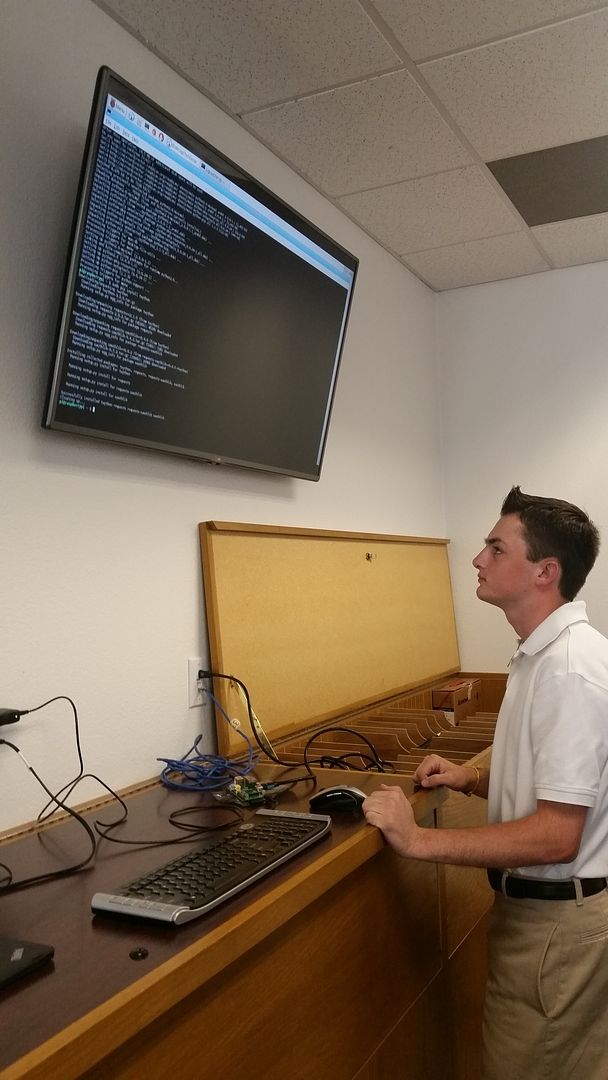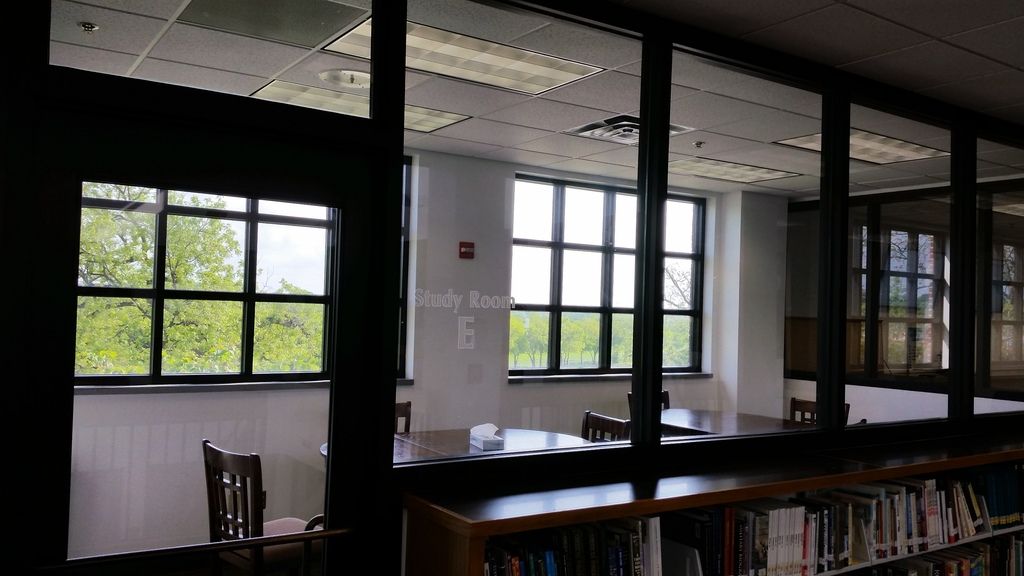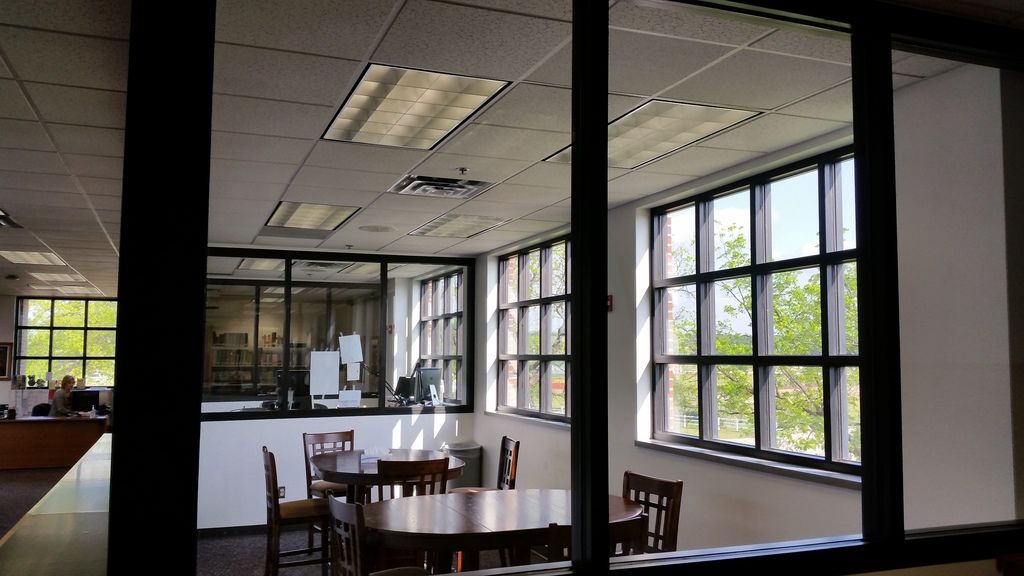As we are moving forward with our Learn21 initiative at Oakridge, one of my history teachers came up with an extremely innovative way to get the kids to be engaged with European history.
This lesson started out with a historical fantasy draft, that's right, the students were split up into teams, and they had to draft a team made up entirely of historical figures from European history (e.g., Martin Luther, Henry VIII, Louis XIII, etc.).
First, the students created a
Google Doc which they shared with the members of their team. Once each team member was on the Google Doc, they were able to open up a chat session to discuss their draft strategy without other teams being able to hear what they were saying. Next, each team drafted 4 players as starters, and then they were able to add 1 more on their bench. Each team had 1 minute per round to decide who they were going to draft. Teams that were very one-sided (i.e., consisted of historical figures all from the same country or historical figures that had very similar political beliefs) were evened out by the teacher, as she added 'free-agents' to teams as deemed necessary to give the greatest breadth of historical views. Once the teams were drafted, the teacher then gave the teams prompts (each team go the same prompt), and what makes this extremely innovative and interesting is that the prompts are not simply yes or no questions, the teams must come up with an answer to the prompt using the historical voice of one of the members of their fantasy team. This is fantastic!!!
There is no set answer, each team must come up with answers to the prompts and then give a rationale for
why they decided to have the historical figure answer the way the did.
Something super cool about this is how the students are able to collaborate with members of their team; not only during the draft and in class, but once they were given the prompts, they have the ability to discuss, edit, change, add in pictures, drawings, etc., to the Google Doc at any time, from any place, as long as they have an internet connection. This gives the students the ability to collaborate outside of class in ways that were previously not possible.
For example, here is a prompt that she gave the teams this morning:
Economic
It is 1780.
Remnants of feudalism are still visible, economically, in parts of Europe, especially France and Russia. Serfs and peasants are the vast majority of these two states' populations.
They are the poorest of the poor. They have no political voice or education. They have begun, in France to feel the changes of the Agricultural Revolution, as machines begin to slowly replace them as the workers of the land. Discontent is brewing amongst the serfs and vindictive leaders are beginning to emerge and organize this discontent against those imposing the slave-like conditions on the serfs and peasants.
Some of the rising middle class, and even a few landowners, are concerned with the horrific treatment of these serfs. Yet, while they may feel some moral 'tuggings' they are more concerned with the reality of all out rebellion.
What do you do to calm this discontent and prevent an all out revolution?
I don't know about you, but I find this pretty cool! Having the students come up with rationales for why they gave the answer they did, really gets the students thinking outside of the box. Especially when there is no single correct answer!






